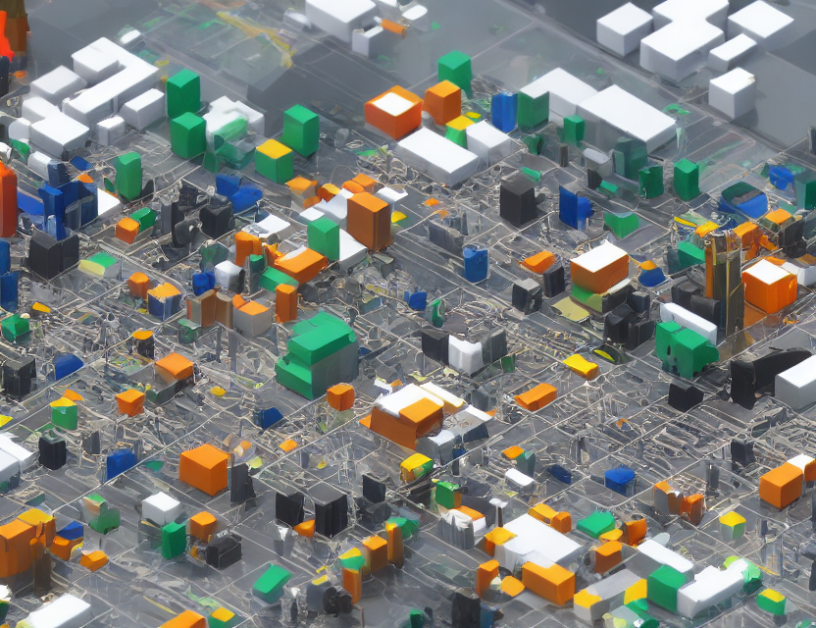- Fairness is a critical aspect of machine learning, ensuring that algorithms don’t discriminate against certain groups of people.
- Imagine a teacher grading students based solely on their race – this would be unfair and biased. Similarly, machine learning models must be designed to avoid bias and discrimination.
Metrics for Fairness
- To measure fairness, we need suitable metrics. Common ones include demographic parity, equalized odds, and statistical parity.
- Imagine a restaurant with a 50/50 split between male and female customers. A fair restaurant would have an equally divided guest list, regardless of gender. Similarly, in machine learning, fairness metrics ensure that the model treats all groups equally.
Methods for Fairness
- Now that we have metrics to measure fairness, let’s explore methods to achieve it. Techniques include reweighting, regularization, and post-processing.
- Reweighting involves adjusting the importance of different examples based on their group membership. Regularization adds a penalty term for unfair models, while post-processing adjusts the predicted probabilities to ensure fairness.
Approaches to Fairness
- There are three main approaches to achieving fairness in machine learning: indirect, direct, and transformative.
- Indirect approaches modify the data or the model to make it fair without changing the underlying logic. Direct approaches modify the model’s logic to ensure fairness. Transformative approaches aim to transform the data or the model to achieve fairness.
Open Challenges
- While progress has been made in fairness research, several challenges remain unsolved. These include dealing with incomplete information, addressing fairness across multiple metrics, and finding a balance between fairness and accuracy.
- Imagine trying to bake a cake without knowing the exact ingredients – it’s challenging! Similarly, tackling open challenges in fairness research requires innovative solutions that can handle complex issues.
Conclusion
- Fairness meets reasoning in this comprehensive survey of metrics, methods, and approaches. By understanding the complexities of fairness and the various techniques to achieve it, we can design more inclusive and ethical machine learning models.
- Remember, fairness is like a recipe – it needs to be balanced just right to ensure everyone gets a delicious cake!



